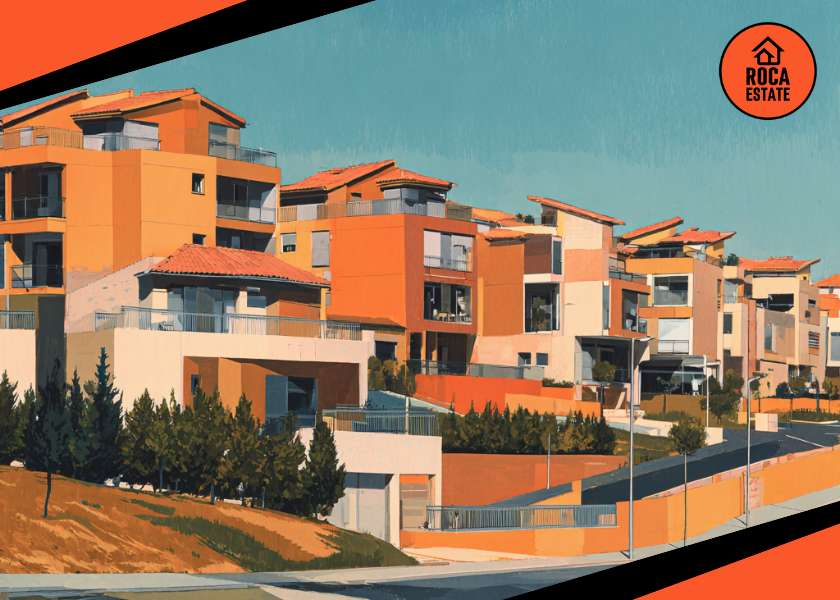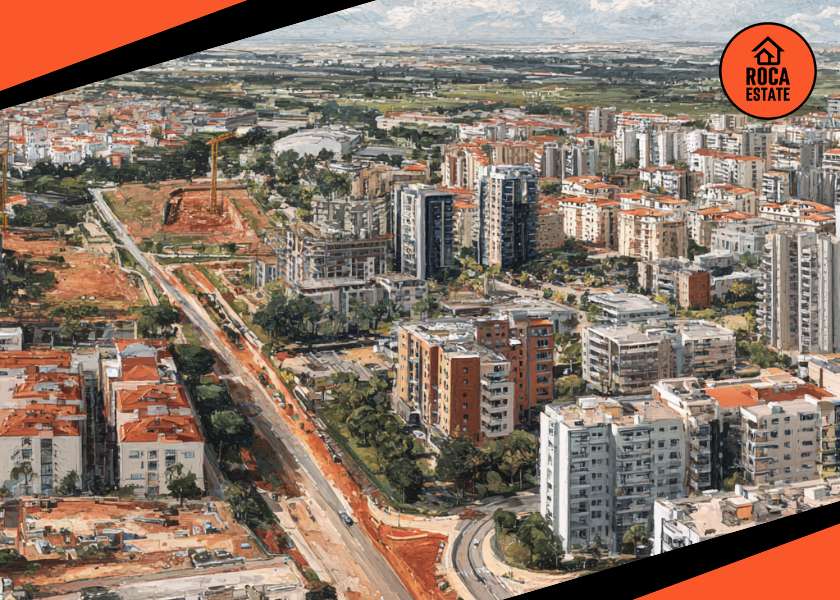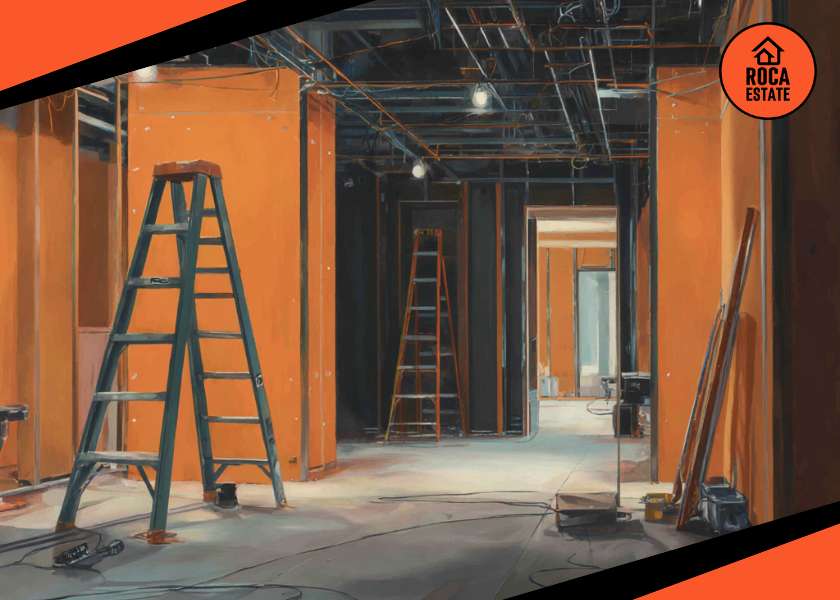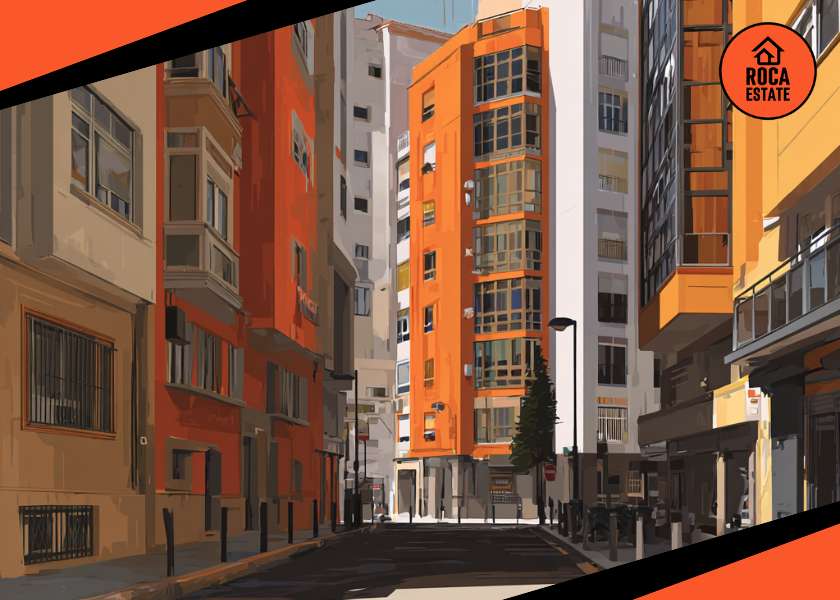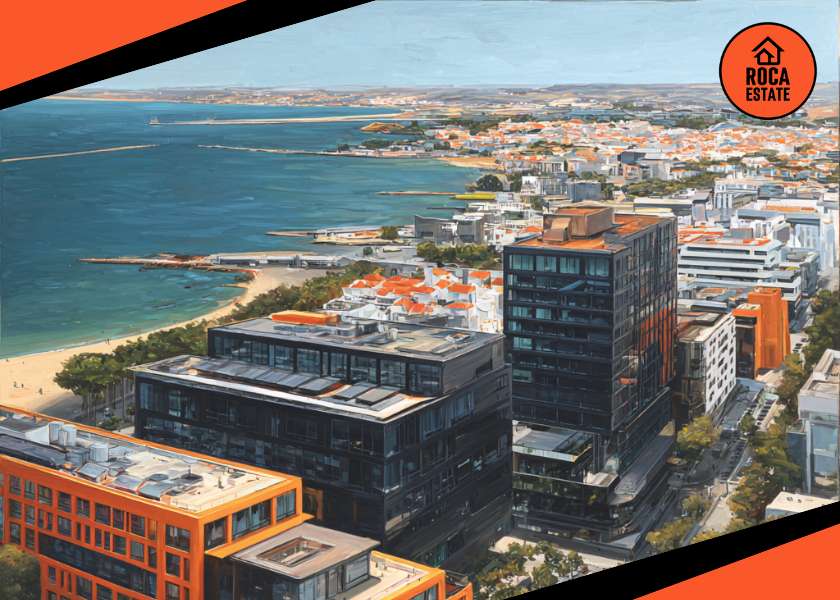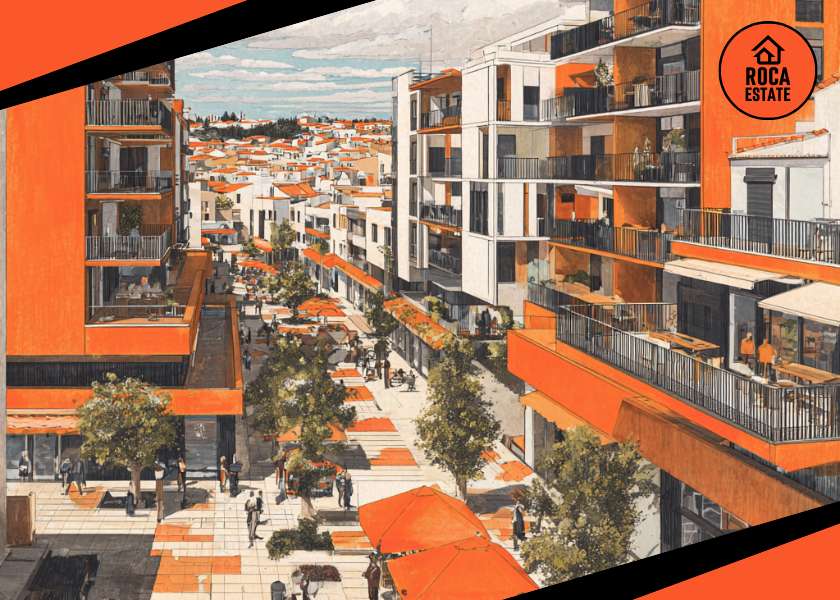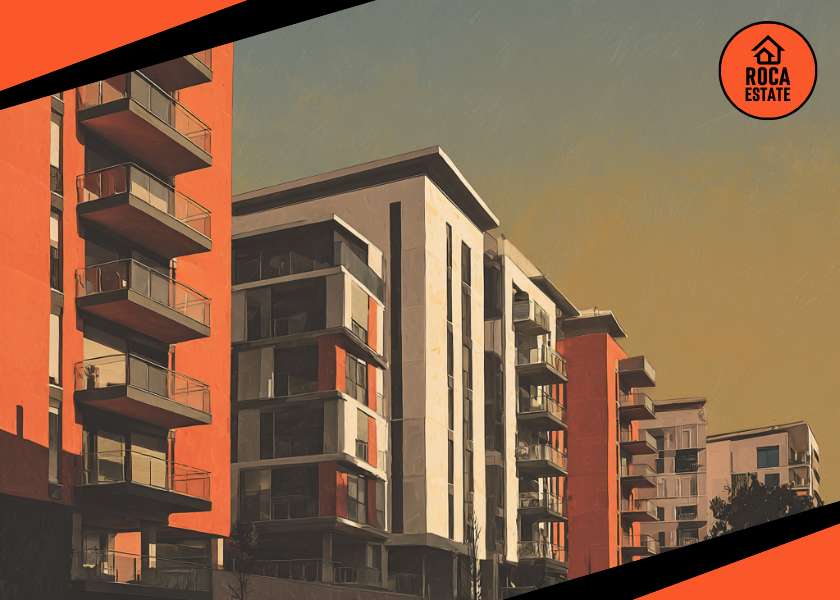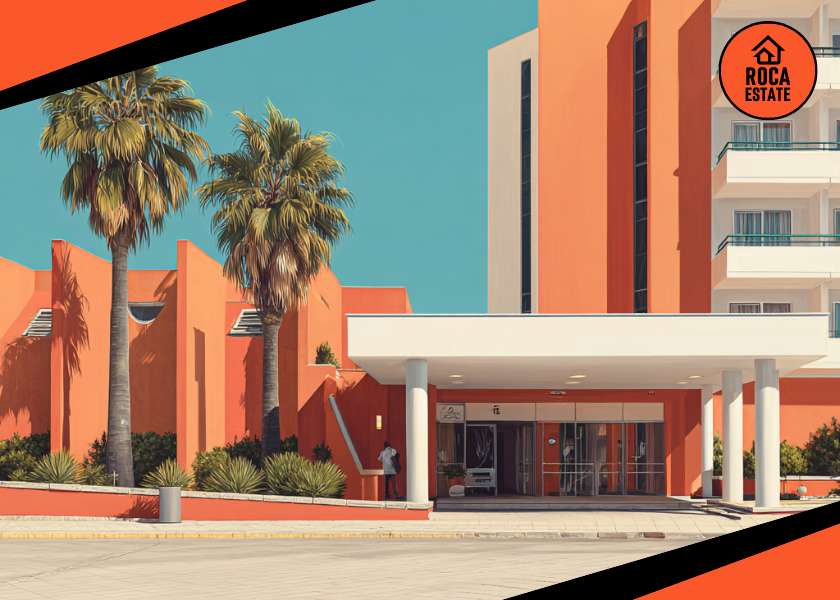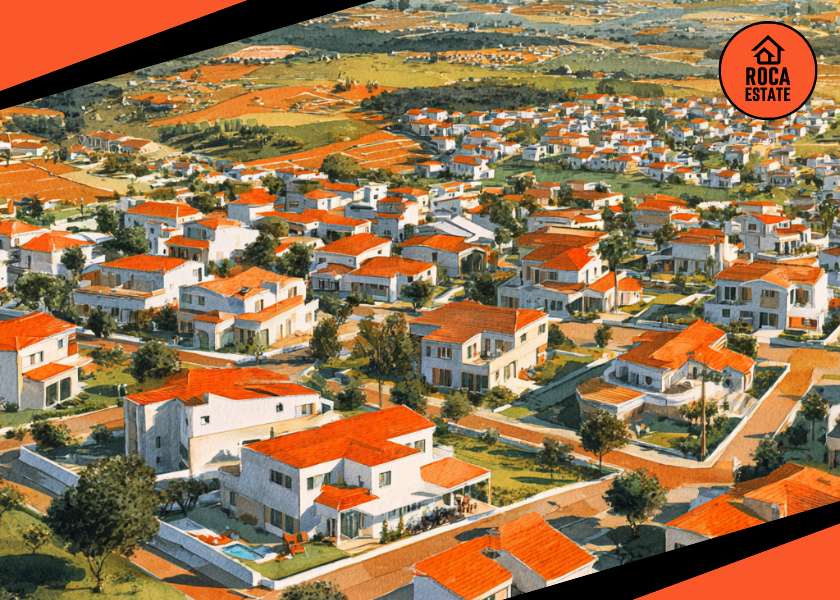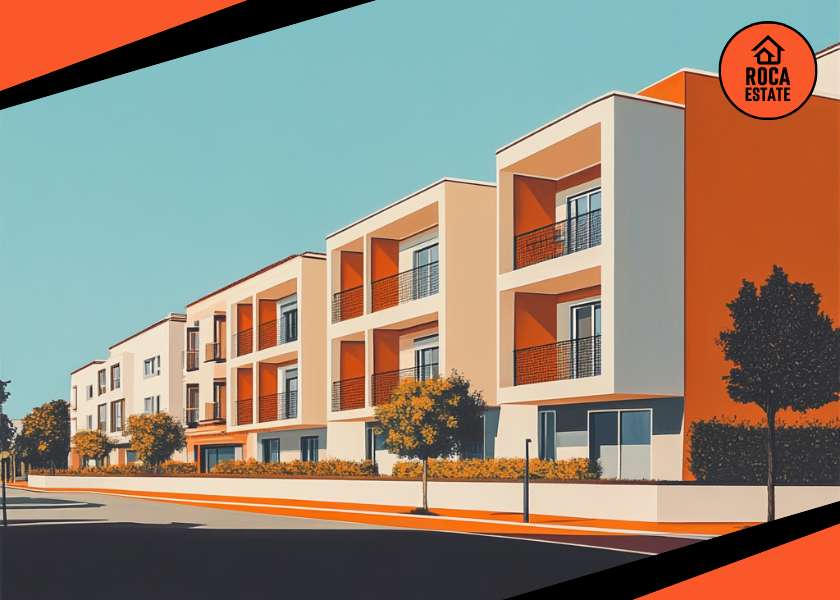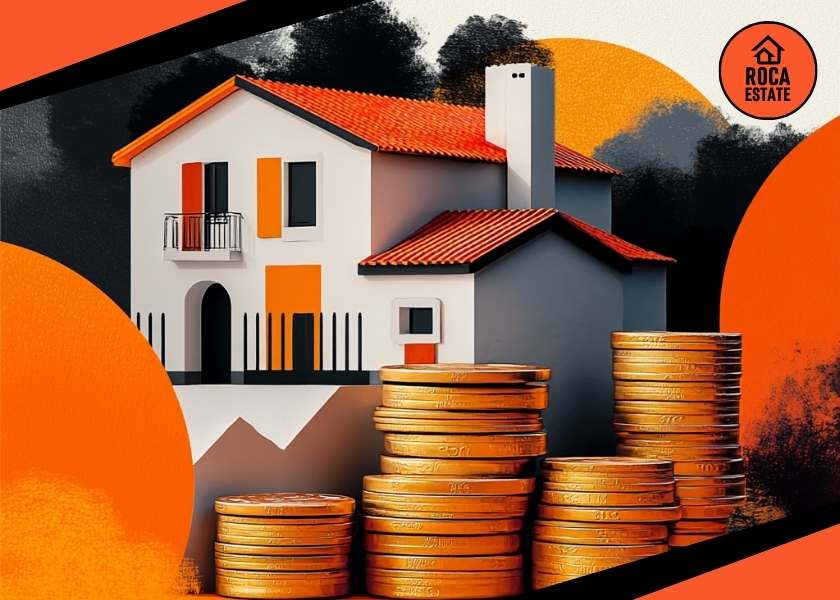Portugal housing loan interest rates dropped to 3.570% in May 2025, according to the latest data from Statistics Portugal (INE). While seemingly incremental, this downward shift signals broader trends that should capture the attention of real estate investors looking to time market entries or recalibrate financing strategies.
Key Figures and Financial Indicators
- Current Implicit Rate: 3.570% (down from 3.663% in April)
- Recent Contracts (last 3 months): 3.057% (nearly flat compared to 3.060% in April)
- Average Loan Repayment: 395 euros/month, down 2.2% year-over-year
- Owed Capital per Household: 71,042 euros, continuing a steady upward climb
These metrics suggest the cost of capital for residential property, often a leading indicator for broader commercial market sentiment, is easing modestly. Meanwhile, repayment values remain contained, and household capital exposure continues to rise, indicating growing borrower confidence or willingness to leverage.
Implications for Real Estate Investors
While this report focuses on the residential loan sector, its effects ripple across the broader real estate investment landscape. Lower interest rates can stimulate demand in both residential and commercial segments by reducing financing costs. However, the stagnant movement in newly signed contract rates (3.060% to 3.057%) hints at a cautious lending environment that investors shouldn’t ignore.
This cautious pace suggests lenders remain conservative despite rate cuts, potentially due to economic uncertainty or tighter regulatory oversight. For commercial investors, that means two things:
- Borrowing conditions may not loosen as quickly as headline rates suggest.
- Opportunities may arise in sectors with short-term financing needs or distressed assets.
Trends to Monitor Going Forward
- Upcoming Rate Decisions: The next data release will be pivotal. If the trend continues downward, a larger strategic window for acquisitions or refinancing could open in Q3 2025.
- Capital Appreciation vs. Rental Yield Balance: With owed capital rising steadily and repayment values holding, the risk of overheating in residential valuations is creeping in. Investors in mixed-use or residential-backed commercial projects should adjust yield expectations accordingly.
- Shift in Loan Structures: The static interest rate on new contracts indicates banks may be building in buffers. Keep an eye on loan term adjustments, amortization structures, and any move toward fixed vs. variable models.
- Consumer Debt Behavior: As repayments stabilize and capital owed increases, tracking debt servicing ratios will be critical to gauge household resilience. A rise in defaults or payment delays could hit confidence across the board.
Strategic Takeaways
For real estate investors focused on the Portuguese market, the softening of housing loan rates opens tactical financing opportunities. However, the subdued movement in new contract rates and increasing capital obligations underscore the need for disciplined underwriting and scenario modeling.
Risk management should now include:
- Stress-testing financing assumptions under varying rate scenarios
- Monitoring lending policy shifts from major Portuguese banks
- Reassessing investment theses in sectors vulnerable to consumer debt cycles, like build-to-rent or co-living
A prudent approach doesn’t mean inaction, but rather precision. As rates adjust and capital dynamics shift, investors who anchor decisions in real-time data, like this monthly release, will maintain the advantage.
To explore broader financing trends and asset performance metrics, contact Roca Estate. `



